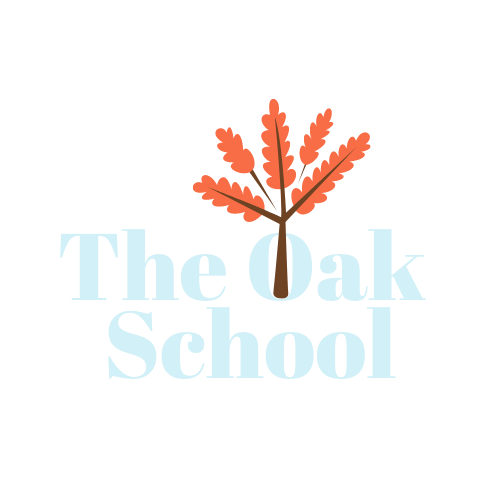Merriam-Webster defines holism as, “a theory that the universe, and especially living nature, is correctly seen in terms of interacting wholes (as of living organisms) that are more than the mere sum of elementary particles.”
In other words, holism implies that all parts of a whole are in intimate interconnection and cannot exist independently of the whole or, be understood without reference to the whole.
It is a form of systems thinking that goes beyond what we today consider a systems approach. Because holism believes that not only do parts interact and cause reaction, but that the parts in and of themselves are whole and without them, the greater whole would be incomplete.
Phew! Take that in for a moment.
Applied in a school setting, holism takes into account not only the kids and how their place in the school literally creates the fabric of the school, but it also focuses on the individual child, each teacher, the families of everyone, our school culture and environment, and the relationships with have with one another and the community.
We are each entire worlds unto ourselves. And, we honor and recognize that here at Oak while also recognizing how we can more consciously connect, relate, and support one another’s worlds within the context of our world as a whole.
Holism does not hold prejudice. For some examples, it holds true that there is an intimate interconnection between the contributions of science, research based information, and in-depth scientific inquiry as well as age-old, nature based traditions and wisdom; that both nature and nurture are key players in the whole evolution of a child; and that each of our choices affect every one of us — and pretty intimately.
The pandemic is the perfect example of the latter, in how each of our individual choices affect those around us in spreading the disease. This is simply a fact, without judgment or shame. It’s just how germs spread.
When we can step back and take a neutral look at highly charged aspects, we can begin to parse out a holistic view in pretty much anything. And when we do this, we are practicing discernment.
Discernment allows us to step outside of our biases and our beliefs and see something simply for what it is. For example, the internet is a neutral tool that has brought us great technological advances. However, it becomes something else entirely when we rely on it as a tool for escape, destruction, and addiction. It’s all in becoming aware of how and why we are using the internet as a tool.
As a holistic school, we use discernment, collaboration, and listening in order to practice holism. Because individuals have our own biases and blinders, we rely on one another to guide us through those blind spots with compassion. And we trust one another to do so. As we do this more and more with each other — as a staff and with our kids — kids begin to see how important and natural it is for us to objectively look at the world while understanding our own preferences. It builds a foundation for problem solving that isn’t steeped in self-interest, but rather looks at the whole and the domino effects.
Holism combines a systems thinking approach, with almost something like a scientific model of inquiry, and empathy. The closest example of this, I’ve found, is design thinking. The design thinking model has the capacity to approach problem solving from many different angles and can easily incorporate empathy into the process. With our rapidly changing world, we need future adults who can make decisions and impact based on both hard evidence and empathy.
So as you see, holism is the interconnection and interdependence of all things on one another. More and more this is evidenced in research, but it has also been taught by elders of wisdom traditions over millennia. I wonder, what are the ways you see how holism is at play in your own life?


